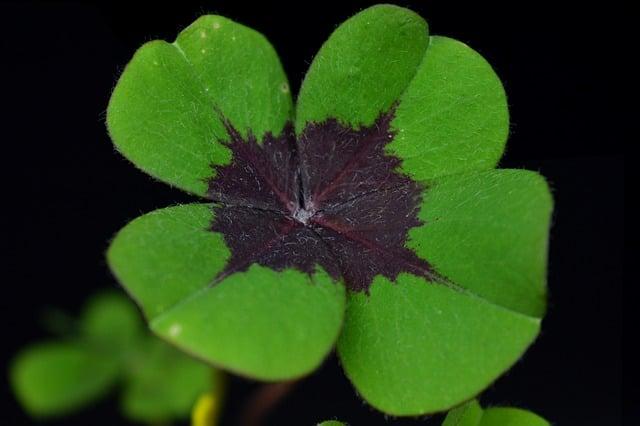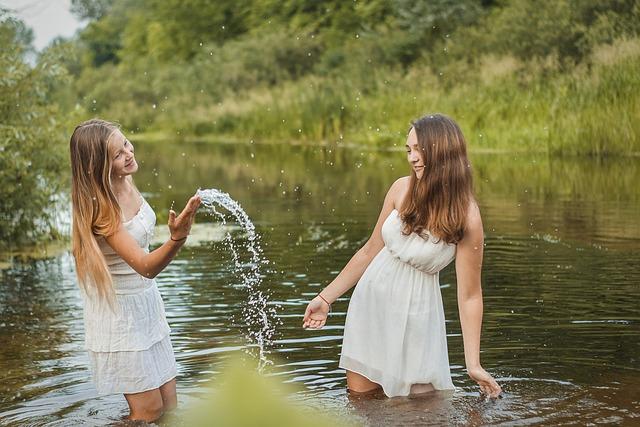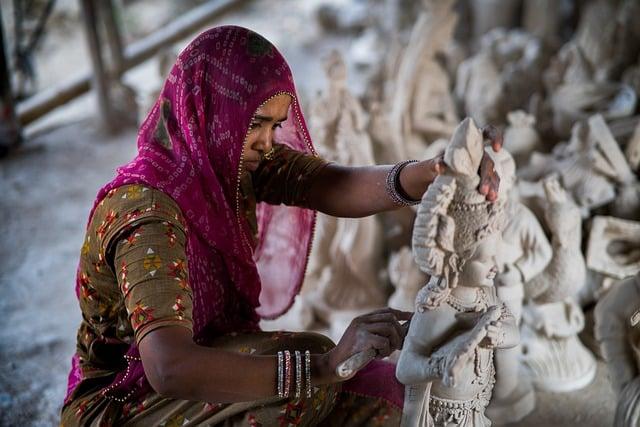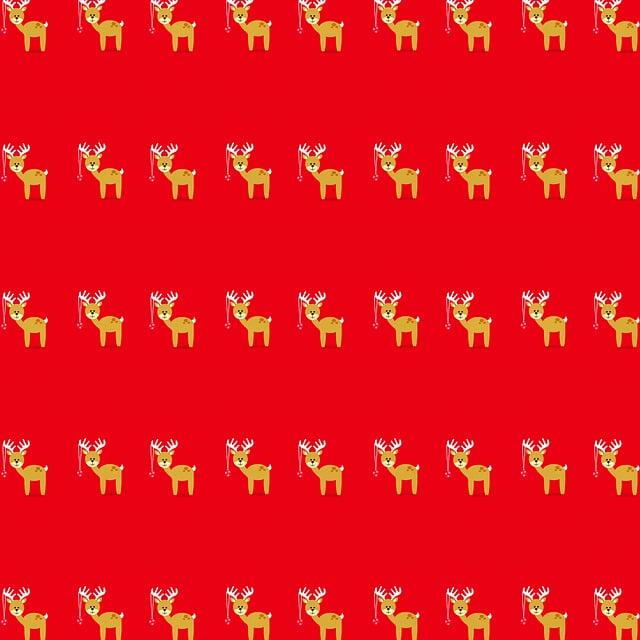Long ago, in ancient Rome, the winter solstice brought a celebration of life and renewal. People crafted circular wreaths from evergreen branches, symbolizing eternal life and the promise of spring. These wreaths adorned their homes, inviting warmth and hope during the cold, dark days. As time passed, the tradition evolved, intertwining with Christmas, where the wreath became a symbol of love and unity. Today, it hangs on doors, a reminder of the enduring spirit of life, love, and the joy of gathering together.
Table of Contents
- The Symbolism Behind the Circular Shape of Christmas Wreaths
- Exploring the Historical Roots of Wreath-Making Traditions
- From Pagan Rituals to Christian Celebrations: The Evolution of the Wreath
- Crafting Your Own Wreath: Tips for Honoring Tradition While Adding a Personal Touch
- Q&A

The Symbolism Behind the Circular Shape of Christmas Wreaths
The circular shape of Christmas wreaths carries profound symbolism that transcends mere decoration. This unbroken form represents **eternity**, reflecting the idea of everlasting life and the cyclical nature of the seasons. As the year comes to a close, the wreath serves as a reminder of the continuity of life, love, and hope. The circular design also signifies **unity**, bringing together various elements of nature, such as evergreen branches, berries, and pinecones, which are often used to create these festive adornments. Each component contributes to a harmonious whole, much like the community that gathers to celebrate the holiday season.
Moreover, the wreath’s shape evokes a sense of **welcome** and **hospitality**. Traditionally hung on doors, it invites guests into homes filled with warmth and cheer. The use of evergreens, which remain vibrant even in winter, symbolizes **resilience** and the promise of renewal. As families adorn their doors with these circular creations, they not only beautify their surroundings but also embrace the spirit of togetherness and joy that the holiday season embodies. In this way, the Christmas wreath becomes a powerful emblem of both personal and communal celebration, encapsulating the essence of the festivities.

Exploring the Historical Roots of Wreath-Making Traditions
The tradition of wreath-making can be traced back to ancient civilizations, where circular shapes symbolized eternity and the cyclical nature of life. In ancient Rome, wreaths were crafted from laurel leaves and were awarded to victors in athletic competitions, signifying honor and achievement. Similarly, in ancient Greece, wreaths made from olive branches were used in religious ceremonies and as tokens of peace. These early uses of wreaths laid the groundwork for their evolution into decorative items, eventually finding a place in various cultural and religious practices throughout history.
As Christianity spread across Europe, the symbolism of the wreath transformed, taking on new meanings that aligned with the faith’s teachings. The circular shape of the wreath came to represent God’s unending love and the eternal life offered through Christ. During the Advent season, evergreen wreaths adorned with candles became a popular tradition, serving as a reminder of hope and anticipation. The use of natural materials, such as pine, holly, and fir, not only added beauty but also connected the practice to the changing seasons, emphasizing themes of renewal and resilience. Today, wreath-making continues to be a cherished craft, blending historical significance with personal creativity.

From Pagan Rituals to Christian Celebrations: The Evolution of the Wreath
The wreath, a circular arrangement of foliage, has a rich history that transcends its modern association with Christmas. Originally, these circular designs were crafted by ancient pagan cultures as symbols of **eternal life** and **the cyclical nature of the seasons**. The use of evergreen branches, such as fir and pine, was particularly significant, representing resilience and the promise of renewal even in the harshest winters. During solstice celebrations, these wreaths adorned homes and temples, serving as a reminder of the sun’s return and the impending warmth of spring. The circular shape itself was emblematic of the sun and the continuity of life, making it a powerful symbol in various pagan rituals.
As Christianity spread across Europe, many of these pagan traditions were absorbed and transformed into new customs. The wreath evolved into a Christian symbol, particularly during the Advent season, where it came to represent **hope**, **joy**, and **the anticipation of Christ’s birth**. The four candles placed within the wreath signify the four weeks of Advent, with each flame representing a different theme of the season. This adaptation not only preserved the cultural significance of the wreath but also infused it with new meaning, bridging the gap between ancient practices and contemporary celebrations. Today, the Christmas wreath stands as a testament to the blending of traditions, embodying both the spirit of the past and the joy of the present.
Crafting Your Own Wreath: Tips for Honoring Tradition While Adding a Personal Touch
Creating a wreath is a beautiful way to blend tradition with your own unique flair. To honor the historical significance of the Christmas wreath, consider incorporating elements that reflect its origins. Traditionally, wreaths were made from evergreen branches, symbolizing eternal life and the hope of renewal during the winter months. You might choose to use a base of fresh or dried evergreens, such as pine, fir, or cedar, to maintain this connection to the past. Additionally, think about adding **natural embellishments** like pinecones, berries, or dried citrus slices, which not only enhance the visual appeal but also pay homage to the natural world that inspired these festive decorations.
While honoring tradition, don’t hesitate to infuse your wreath with personal touches that tell your story. Consider using **ribbons in your favorite colors** or incorporating family heirlooms, such as ornaments or small trinkets, that hold sentimental value. You can also experiment with different shapes and sizes, moving beyond the classic circular form to create something that reflects your personality. By blending traditional materials with modern aesthetics, you can craft a wreath that not only celebrates the spirit of the season but also serves as a unique expression of your creativity and family heritage.
Q&A
-
What is the historical significance of the Christmas wreath?
The Christmas wreath has its roots in ancient traditions, symbolizing eternal life and the cycle of the seasons. Originally made from evergreen branches, it represented hope and renewal during the winter months.
-
How did the Christmas wreath evolve over time?
Initially used by ancient cultures for various celebrations, the wreath became associated with Christmas in the 16th century. It was adapted to include decorations like berries and ribbons, reflecting the festive spirit of the holiday.
-
What do the elements of a Christmas wreath symbolize?
Each component of a Christmas wreath carries meaning: the circular shape signifies eternity, the evergreen foliage represents life, and additional decorations like red berries symbolize the blood of Christ and the joy of the season.
-
Are there specific customs related to hanging a Christmas wreath?
Yes, hanging a wreath on the door is a common custom that signifies welcome and hospitality. It also serves as a reminder of the festive season and the joy of gathering with loved ones.
In essence, the Christmas wreath transcends mere decoration; it embodies a rich tapestry of history and symbolism. As we hang these circular emblems of unity and hope, we honor traditions that remind us of the warmth and joy of the season.

大家好,我是彼得潘,專業的手法身體治療師。我喜歡探索和研究各種主題,並透過與人工智慧的合作分享專業、實用、有趣的文章。我們定期進行人工審核,以確保內容的準確性。如果您發現文章中有任何不準確的地方,請隨時與我們聯繫,我們會及時糾正。您可以透過 [email protected] 與我們聯繫。



